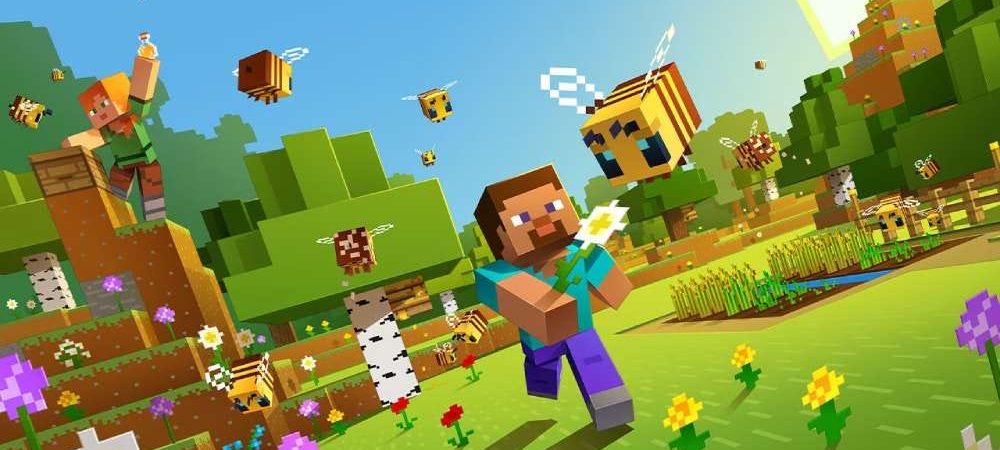Minecraft multiplayer changes block-building from a solitary activity into friends do together. Players work on large construction projects side by side, face off in custom minigames, or explore new territories as a team. Solo play cannot recreate these moments the cooperative builds, the competitive matches, the unexpected discoveries that happen when gaming together. Multiplayer servers hosting Minecraft unblocked versions provide different game modes. Some focus on peaceful, creative building. Others feature intense survival competitions. Beyond the mechanical aspects of gameplay, the social element matters. Friendships grow stronger when players share achievements and solve problems together. Multiplayer sessions need basic technical setup: joining servers, inviting friends, and using communication tools.
Server connection methods
Direct IP connection remains the simplest multiplayer access method. Friends share specific numerical addresses pointing to hosted game servers. Players enter these addresses into multiplayer menus, establishing connections to hosted worlds. This method works across different gaming versions, provided all participants use compatible software releases. Connection failures typically stem from incorrect IP entry, firewall restrictions, or version mismatches between client and server software. Realm subscriptions provide hassle-free hosting through official services that manage server infrastructure automatically.
Realms operate continuously, allowing players to join whenever convenient without requiring a host’s presence online. The service handles technical complexities, including backups, updates, and performance optimization, eliminating manual server maintenance requirements that intimidate less technical users. LAN connections suit players sharing physical locations or local networks. This option bypasses internet requirements, gameplay during connectivity outages or in locations with restricted network access. Opening worlds to LAN broadcasts availability to nearby devices on identical networks. Friends on the same WiFi or Ethernet network detect open worlds through multiplayer menus, joining without complex configuration procedures.
Cooperative gameplay activities
- Shared construction projects divide massive building tasks across multiple contributors with specialized roles, including resource gathering, architectural design, interior decoration, and landscaping, resulting in finished structures impossible for individuals to complete alone
- Survival collaboration distributes essential tasks among team members, where some focus on food production, others handle defence construction, and remaining players gather rare materials, creating efficient communities
- Adventure map completion requires coordinated problem-solving as puzzles demand simultaneous actions from multiple locations, timed cooperation, and combined resource pooling, overcoming challenges designed specifically for group play
- Exploration expeditions venture into dangerous territories with safety in numbers, where teammates provide backup during combat, share discoveries, and rescue each other from environmental hazards
Resource pooling accelerates progression beyond solo capabilities. Combined inventories contain more diverse materials, enabling ambitious projects that consume quantities exceeding individual carrying capacities. Shared storage systems in communal bases provide centralized access to collective resources. Specialized roles develop naturally as players gravitate toward preferred activities some enjoy mining while others prefer building or farming.
Communication coordination tools
In-game chat provides basic text communication for players lacking external voice applications. Typed messages coordinate activities, request assistance, or share information about resource locations and discovered structures. Chat commands access server features, including teleportation, item spawning in creative modes, and administrative functions. Persistent chat logs allow reviewing missed messages after temporary disconnections. Discord integration offers voice communication superior to text chat for real-time coordination. Voice channels eliminate typing delays, which are crucial during time-sensitive activities like combat or synchronized building tasks. Screen sharing demonstrates techniques or showcases creations to friends.
Friend participation transforms gameplay from solitary entertainment into memorable shared adventures. Connection methods accommodate various technical skill levels while diverse activities ensure everyone finds engaging content. Communication systems coordinate efforts, making collaboration effective and enjoyable across gaming sessions.


